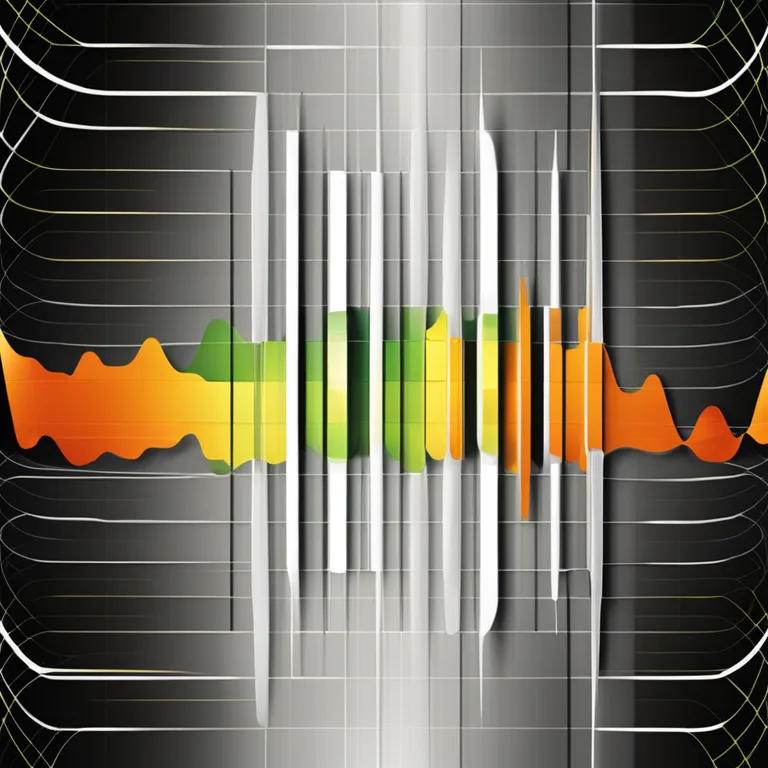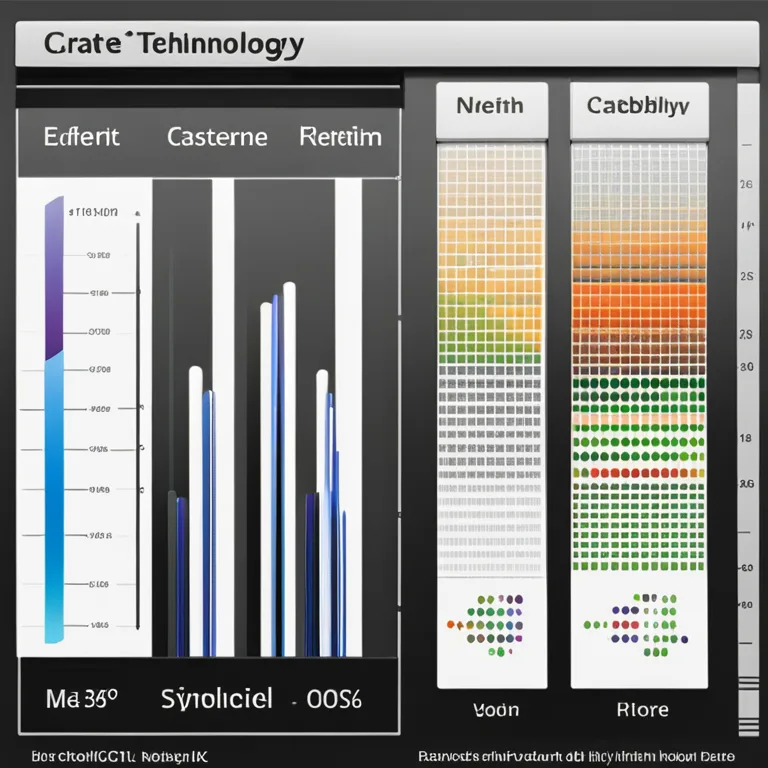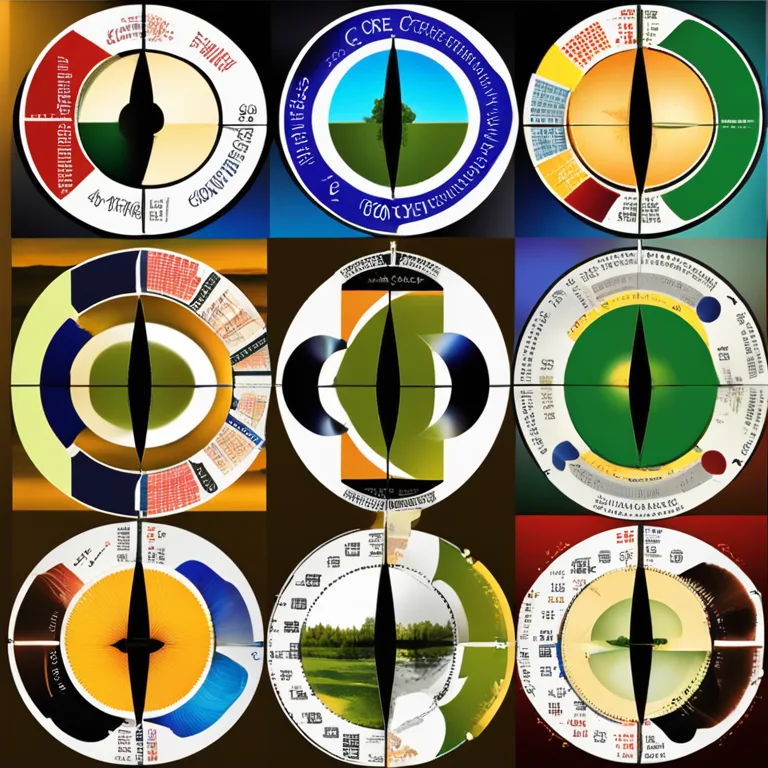
Measuring The Biorhythms Accurately
Delve into the science of biorhythms and learn how to accurately calculate your physical, emotional, and intellectual cycles for better life management.
article by Adrian Wallace
Introduction to Biorhythms
Biorhythms are a complex concept rooted in the idea that our lives are influenced by natural mathematical cycles. They assert that from the moment of birth, three critical cycles—physical, emotional, and intellectual—affect our daily functioning. Measuring these biorhythms can supposedly offer insights into our individual patterns of behavior and well-being. As we stand in 2024, the fascination with biorhythms has not waned, with individuals seeking personalized insights to manage health, productivity, and even interpersonal relationships more effectively.

The Three Core Cycles
The three core cycles are the fundamental components of biorhythm theory. The physical cycle, lasting 23 days, influences our strength, endurance, and overall vitality. The emotional cycle, with a 28-day span, affects our mood, creativity, and perception of the world around us. Lastly, the intellectual cycle, every 33 days, relates to our cognitive functions, decision-making, and verbal communication. By charting these cycles, one aims to predict their highs (positive phases) and lows (negative phases), thus allowing for better planning of activities and decisions.

Calculating Your Biorhythms
The measurement of biorhythms begins with the calculation of these cycles. Various tools have emerged, leveraging algorithms to chart these patterns. In today’s digital age, numerous biorhythm calculators, available both online and as mobile applications, can instantly generate your personal biorhythm chart based on your date of birth. It is crucial to input this data accurately, as the calculations rely heavily on the birthdate as the starting point of these life-long cycles.

The Role of Technology
The modern processing power of computers and the sophistication of software have greatly enhanced the precision with which we can measure biorhythms. They analyze extensive data points and create comprehensive charts that depict the rise and fall of each cycle. Notably, some advanced platforms integrate artificial intelligence to predict the interaction between different cycles and offer more nuanced advice.

Analyzing the Charts
Once your biorhythms have been calculated, interpreting the resulting chart is critical. The visual representation typically shows sinusoidal waves that rise above and fall below a central baseline—indicating positive and negative phases respectively. When a wave crosses the baseline, it marks a critical transition point, signaling a time of change and adaptation that merits caution. Understanding these patterns can prompt individuals to align their activities with their current biorhythmic state.
Practical Applications of Biorhythms
Incorporating biorhythm analysis into daily life might involve scheduling challenging tasks when your physical and intellectual cycles are at a peak or avoiding emotionally charged situations during a low phase in your emotional cycle. Athletes, business professionals, and even students have adapted this concept to optimize performance and decision-making. However, it is important to approach biorhythms as a supplementary guide rather than an inflexible rule governing life choices.
Scientific Scrutiny and Future Outlook
Biorhythm theory, while popular, is not unanimously accepted in the scientific community and remains a subject of debate. Critics argue for a broader understanding of factors influencing human behavior and performance. Despite this, as we embrace an increasingly personalized world in 2024 and beyond, the desire for tools that grant insights into our physiological and psychological patterns persists, fueling the evolution and integration of biorhythm analysis within holistic wellness approaches.
Published: 12/28/2023
Modified: 12/28/2023
More predictions
Come back here soon to learn more about yourself and your future


Biorhythm Compatibility and Birth Dates: The Connection Revealed
Discover how biorhythm compatibility based on birth dates can influence personal connections and relationship dynamics.


Harmonizing Life Rhythms: Biorhythm Compatibility Explained
Discover how biorhythm compatibility impacts relationships and personal interactions, fostering harmony and understanding.